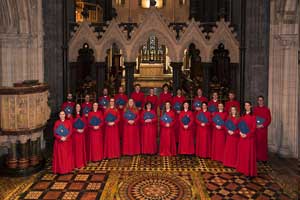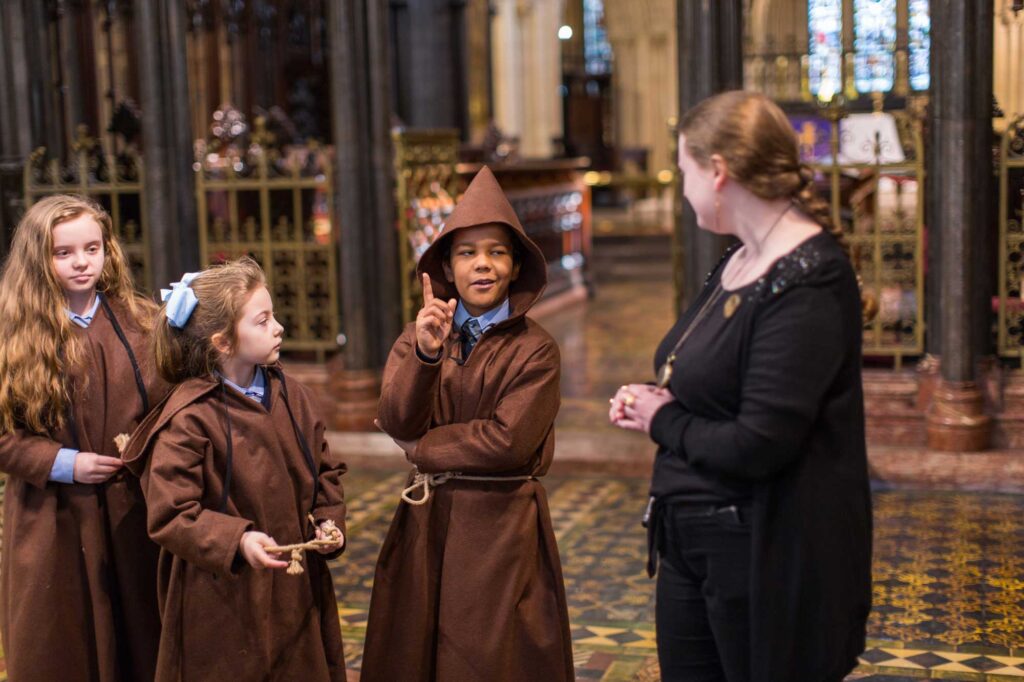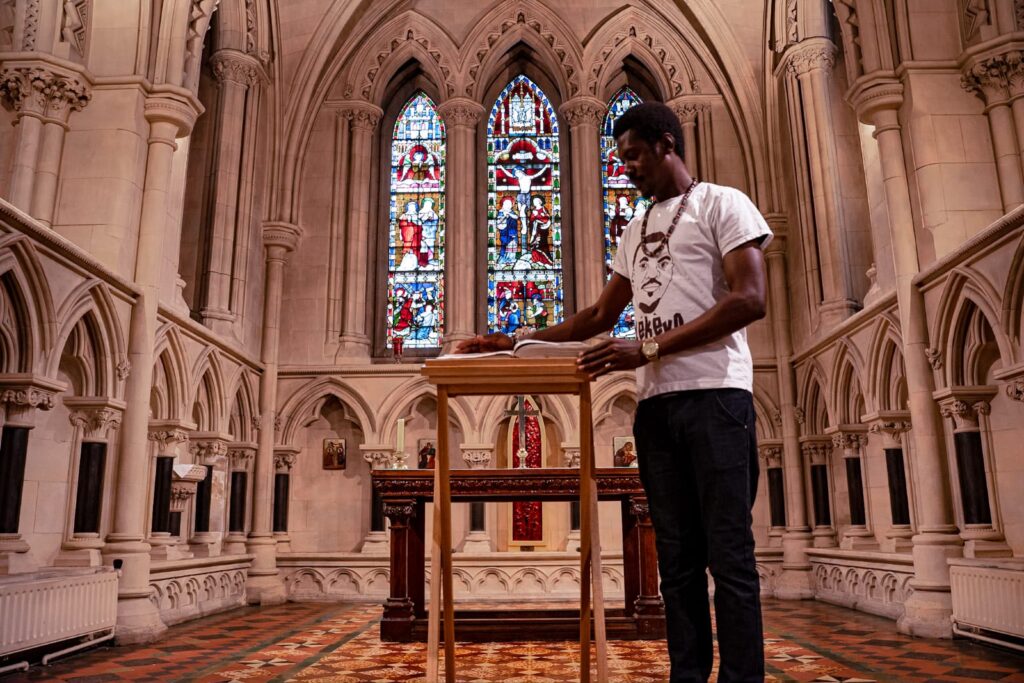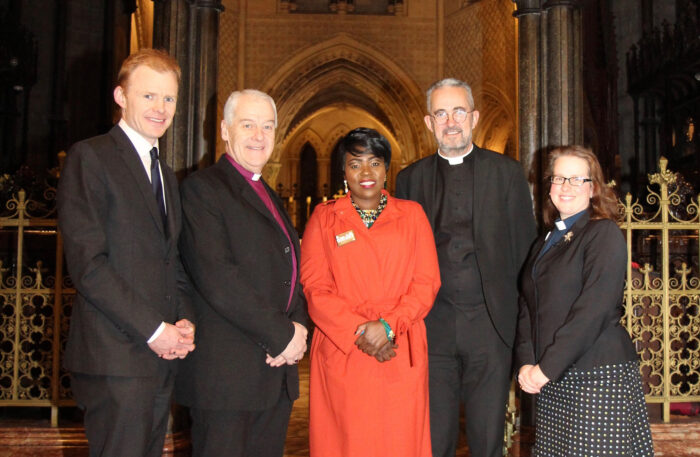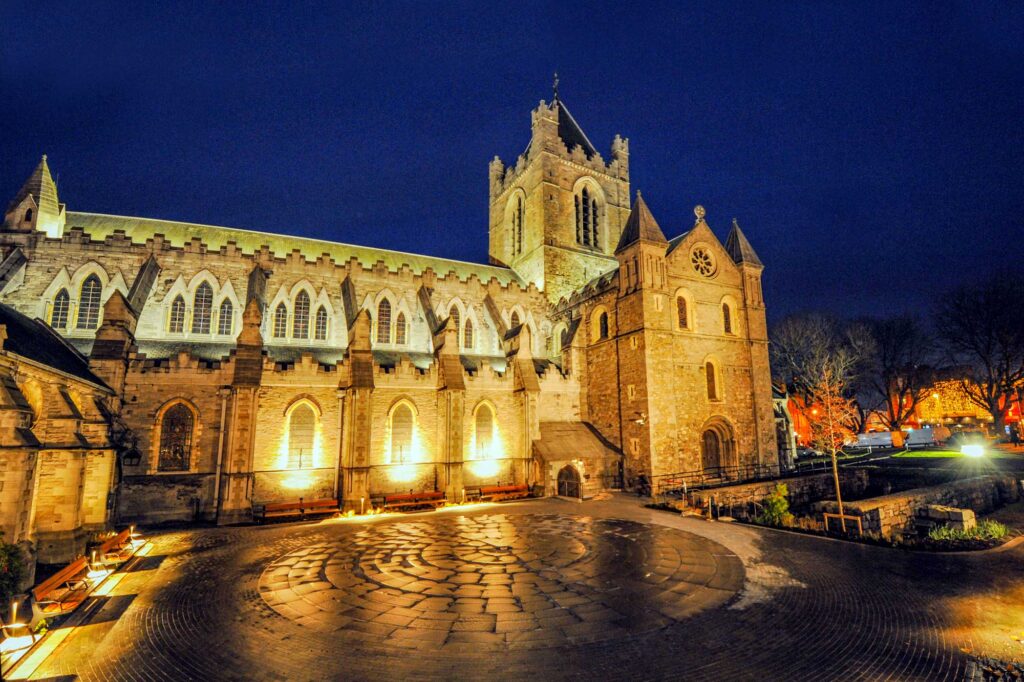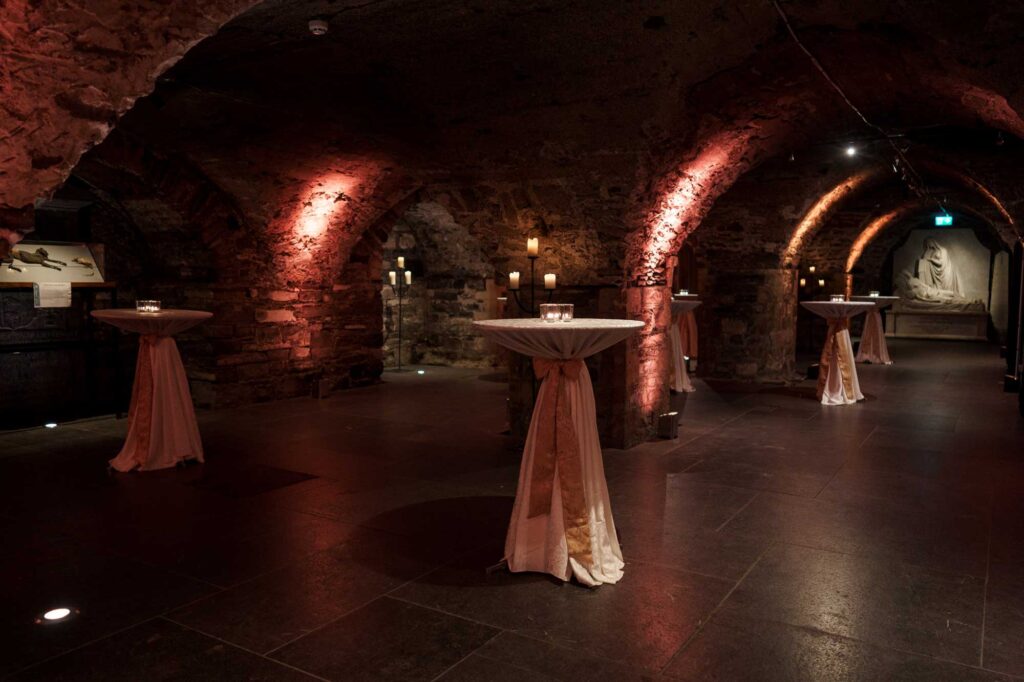A new series of lunchtime lectures aimed at ‘Introducing Christ Church’ gets underway in March. The Cathedral Library and Archives Committee has arranged the series of illustrated talks in Christ Church Cathedral each Tuesday in March. Each session will feature a different speaker and the lectures get underway at 1.05 pm. They will last about half an hour and will be followed by a short break for tea and coffee and discussion concluding at 2.00 pm.
The series gets underway on Tuesday March 4 when Canon Kenneth Kearon, Secretary–General of the Anglican Communion, will speak on ‘What are cathedrals for’. On Tuesday March 11 ‘Music at Christ Church’ will be the subject of a lecture by Ian Keatley, Director of Music at the cathedral. On Tuesday March 18 Professor Raymond Gillespie, National University of Ireland, Maynooth, will speak on ‘Christ Church and its history’. On Tuesday March 25 ‘The silver of Christ Church’ will be highlighted in a lecture by Canon Roy Byrne.
Admission to the lectures is free and the series is supported by the Friends of Christ Church.
Date Speaker Topic Tuesday March 4 Canon Kenneth Kearon What are Cathedrals For? Tuesday March 11 Ian Keatley, Director of Music Music at Christ Church Cathedral Tuesday March 18 Professor Raymond Gillespie Christ Church and its History Tuesday March 25 Canon Roy Byrne The Silver of Christ Church


